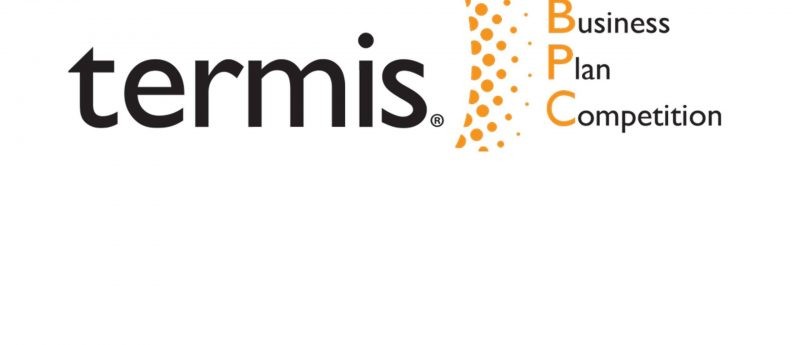TERMIS-EU – Pre-Accelerator Programme 2016/2017 – Session 1: Introduction to the Regenerative Medicine Industry

The first session of the 2016/2017 TERMIS-EU PAP webinar series introduced the regenerative medicine industry, assessing its current state. The presentations were given by Dr Nihal Engin Vrana (PROTiP Medical) and Dr Chris Gemmiti (Harvard Wyss Institute).
The current state of the regenerative medicine industry:
Lot of innovation. There has been plenty of innovation in the past 5-10 years in regenerative medicine. A traditionally overlooked, but essential, area of innovation is manufacturing: Without the ability to scale up for mass production, a new technology is highly likely to fail. Accordingly, a lot of innovation was put into this side of regenerative medicine recently by a diverse range of companies.
Financing is “white hot”, but cooling off. Most of the funds now come from public investment. The preferred way of raising funds is venture capital. Initial Public Offerings do not meet their targets.
Clinical trial success is mixed. 728 clinical trials are under way as per the second quarter of 2016 (Phase I: 223; Phase II: 439; Phase III: 66). Regenerative medicine therapies will have to demonstrate a much higher standard of care compared to alternatives to justify the high price point and to ensure the long-term success of the field.
Commercial success has not been achieved yet. More than 700 regenerative medicine companies have been set up worldwide. The majority of these are in North America (371), followed by Europe and Israel at 195, and Asia with 112. Cost has to be pushed down, the supply chain improved. Health-economic research is essential. A start-up should invest into demonstrating the health-economic benefit of its product, and also into better understanding the mechanism of action of its therapy as this has significant implications on how clinical trials will need to be designed and what patient groups must be targeted.
Some of the most common reasons for failure are: The discovery/invention does not fit well with industrial needs; the discovery/invention cannot be scaled up, the benefits that the discovery/invention provides is not worth the expenses of commercialisation. Not all interesting scientific solutions are fiscally worthwhile to pursue; target market, market analysis or business plan are not right due to lack of experience; and the “fish out of the water” effect: It is hard for a scientist to suddenly become a businessman.
READ MORE ON THE TOPIC ON OUR medium.com BLOG:
https://medium.com/termisbpc/termis-pap-session-1-…
You can also listen to the full seminar at: http://termisbpc.org/pap/session-1/